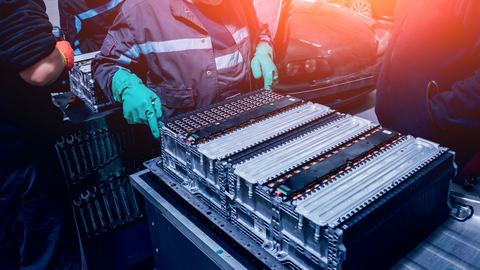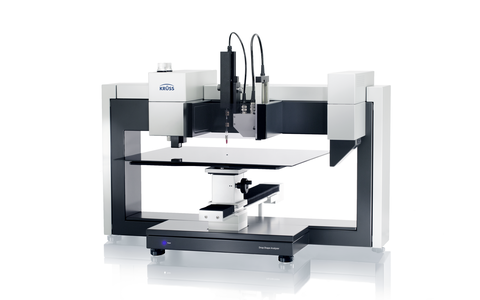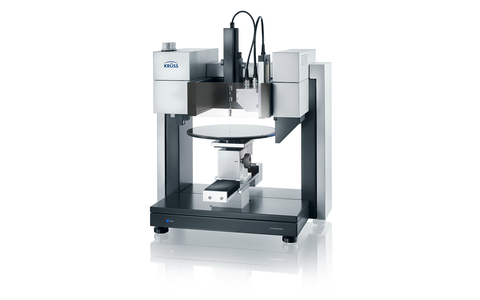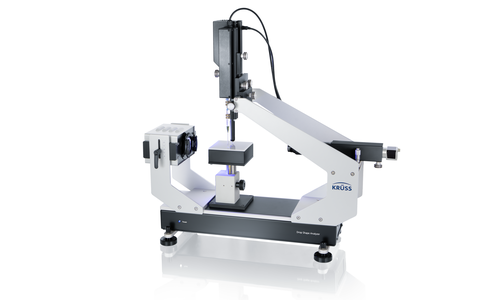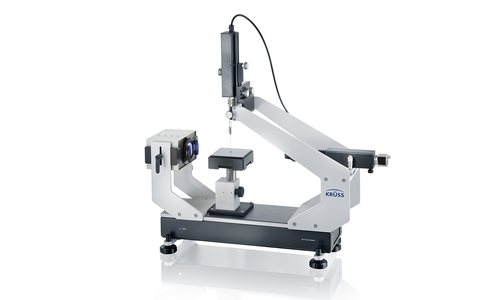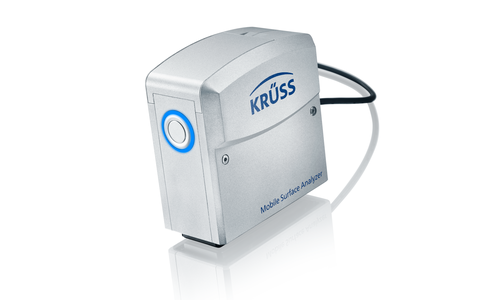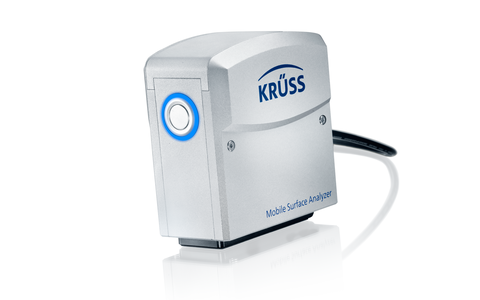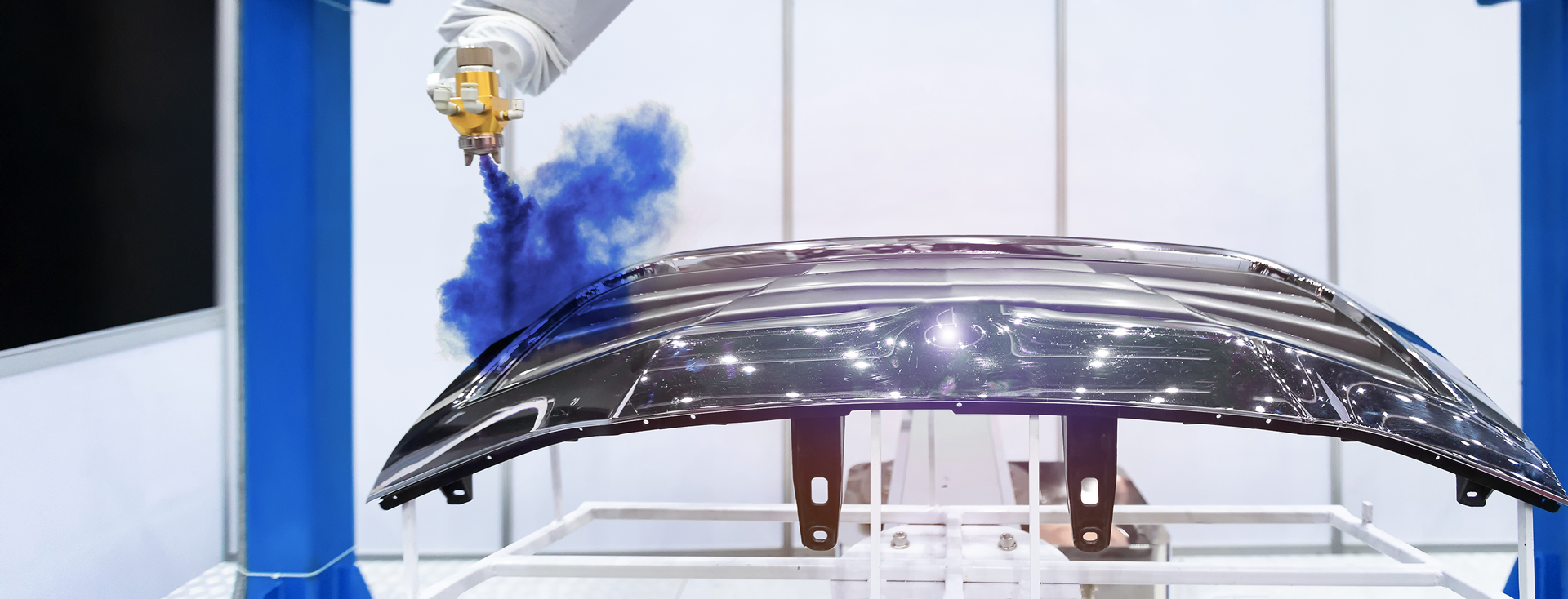
Adhesion on metals
Contact angle and surface tension for the processing of metal surfaces
When metals are processed, for example when bonding or painting, they come into adhesive contact with other substances. Here, the usually high surface free energy of metals is a favorable condition for good wetting and secure bonding. However, cleaning and, with some metals, also activation are necessary pretreatment steps for optimizing the coating and bonding process. Our contact angle and surface tension measuring instruments undertake quality assurance tasks at the pretreatment stage and provide measuring results for optimizing coating materials.
Quality assurance of cleaning solutions
Adhesion on metals is significantly reduced by adsorbed dirt, as a result of which surface contact is usually preceded by cleaning. Cleaning solutions often contain surfactants which reduce the surface tension, improving wetting and thus mobilizing hydrophobic substances.
Our tensiometers measure the surface tension and characterize the efficiency of surfactants based on the critical micelle concentration (CMC). This information helps in the choice and dosage of surfactant.
The surfactant content of the cleaning solution reduces during the process due to adsorption at the surface, thus necessitating regular re-dosing. In order to check the present surfactant content, it is possible to measure the dynamic surface tension, which, in contrast to static surface tension, depends on the surfactant content even in the high concentration range. For this purpose, a reference curve is produced with a stationary laboratory unit as the basis for determining the active ingredient content on site using a mobile bubble pressure tensiometer.
Checking the cleaned metal surface
Checking the metal surface before bonding or coating is another important step in ensuring quality. Here, the wettability, which is measured by our drop shape analysis instruments based on the contact angle, is used as a quality criterion. The homogeneity and quality of cleaning is indicated by a small water contact angle which should be as uniform as possible over the entire surface. Our mobile measuring instruments enable non-destructive checking to be carried out on site on surfaces of any size.
Measurement of surface free energy, adhesion and roughness
Some metals, for example aluminum or magnesium, are coated with a passivating oxide layer and require activating treatment before adhesive contact. Titanium as a prosthesis material is also pretreated in order to improve biocompatibility due to the increased adhesion of biogenic materials, for example collagen. The various treatment methods effect an increase in the surface free energy or roughness, as a result of which both the wettability and the adhesion are improved.
The surface free energy can be measured with our measuring instruments based on the contact angle with several liquids. In doing so, both the polar and disperse part of the surface free energy are determined. Combined with measurement of the surface tension of the coating substance, this enables the work of adhesion to be determined as a measure of the adhesion. By measuring the adjacent phases separately, it is possible to match the composition of the coating substance to the pretreatment process.
The effect of roughness on the wettability can be seen when the contact angle during wetting (advancing angle) is compared with the contact angle when de-wetting (receding angle).






